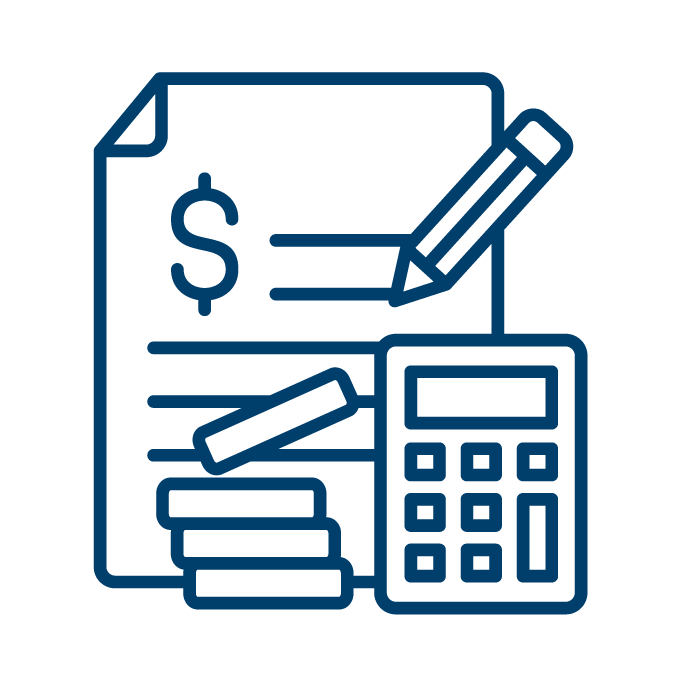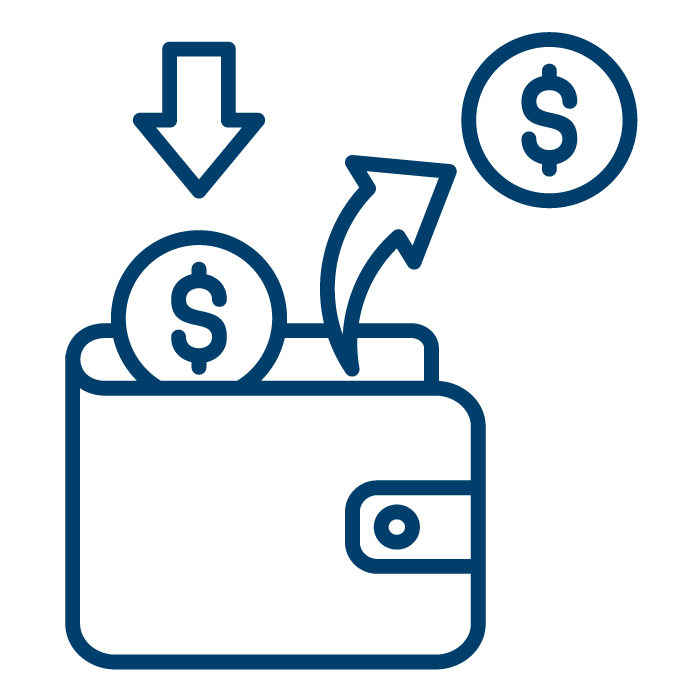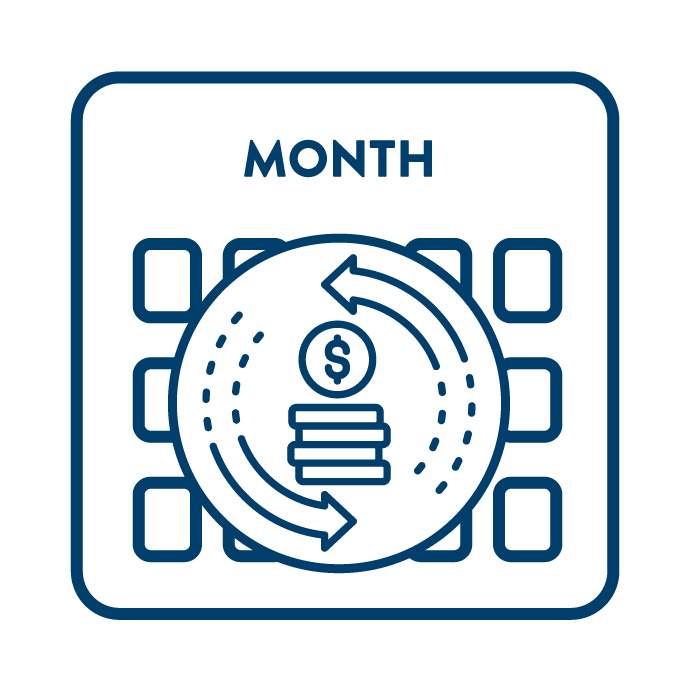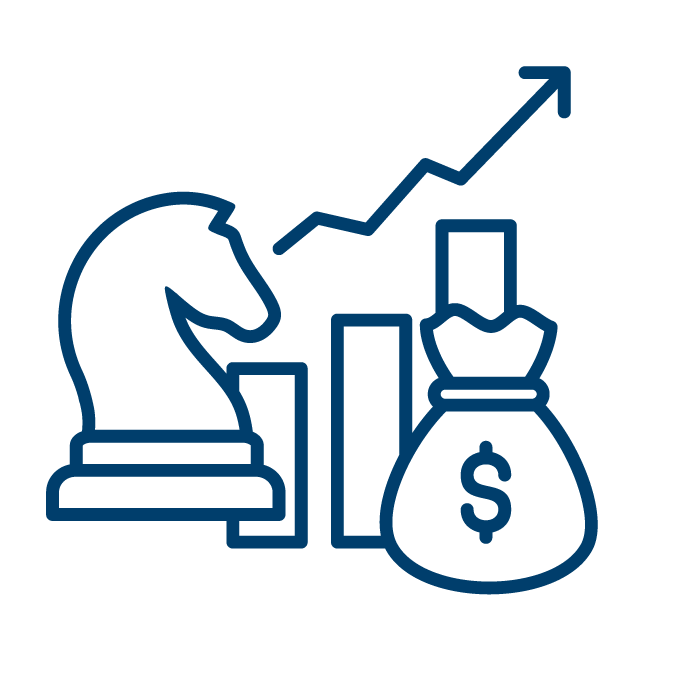Understanding your spending habits is a crucial first step in managing debt and achieving your savings goals. The Consumer Financial Protection Bureau (CFPB), which enforces federal consumer financial laws, provides these four simple steps and online tools to help you track your expenses and create a personalized spending and savings plan.
 Step 1: Document your income sources—everything you rely on to cover your living expenses.
Step 1: Document your income sources—everything you rely on to cover your living expenses.
The first step is to track all of your income sources—everything you rely on to cover your living expenses.
 Step 2: Where does my money go?
Step 2: Where does my money go?
Understanding your spending for an average month is often the hardest part of managing your money. Start by tracking your expenses in categories like housing, utilities, groceries, dining out, entertainment and other regular costs.
 Step 3: What are all my bills, and when are they due?
Step 3: What are all my bills, and when are they due?
To align your income with your bills, create a calendar to keep track of when your money comes in and when your payments are due. If you’re coming up short by the end of the month, it’s time to adjust your spending or increase your income.
 Step 4: Create your working budget.
Step 4: Create your working budget.
Once you’ve started tracking your income, spending, and bill deadlines, you can create a realistic budget for spending and saving.
Managing your money successfully is an important building block towards financial security. Here are some easy steps you can take at different stages throughout life to set you on the right path towards financial security.

